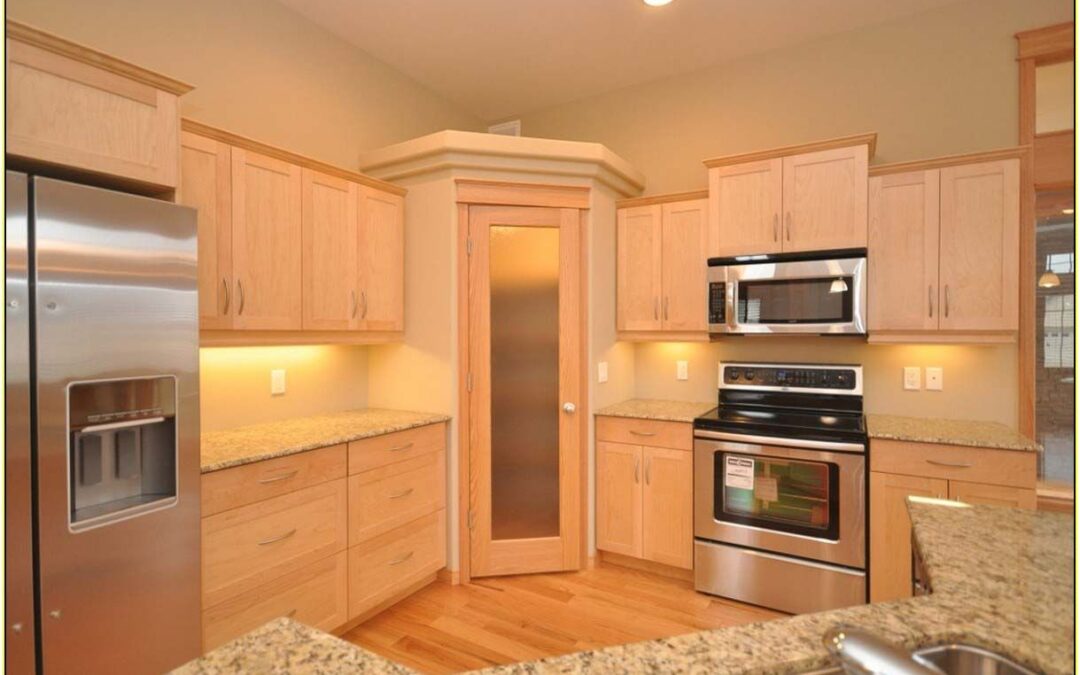The kitchen is the heart of the home, and its design plays a crucial role in creating a functional and efficient space. When it comes to storage solutions, corner pantries are a popular choice for homeowners looking to maximize every inch of their kitchen. In this article, we explore the ideal size for a corner pantry, considering both practicality and aesthetics.
Understanding the Corner Pantry:
Corner pantries are a strategic storage solution that utilizes the often-underutilized corners in kitchen layouts. These pantries typically feature L-shaped shelving or cabinets, making them perfect for storing a variety of kitchen essentials, from dry goods and small appliances to pots and pans.
- Practical Considerations: The size of a corner pantry is a critical factor in determining its practicality. It should be spacious enough to accommodate the storage needs of the household while remaining easily accessible. The dimensions must strike a balance between maximizing storage capacity and ensuring that items are within reach without the need for excessive reaching or stretching.
- Shelving and Organization: A well-designed corner pantry should feature adjustable shelving to accommodate items of different sizes. This flexibility ensures efficient organization and prevents wasted space. Consider incorporating pull-out shelves or drawers to enhance accessibility, allowing users to see and reach items in the back without difficulty.
- Space Optimization: The design of the corner pantry should optimize the available space efficiently. Utilizing every inch of the corner and incorporating space-saving mechanisms, such as lazy Susans or pull-out trays, can significantly enhance the functionality of the pantry.
- Aesthetics and Kitchen Design: The size of the corner pantry should align with the overall aesthetics and design of the kitchen. It should seamlessly integrate with the surrounding cabinetry and countertops, contributing to a cohesive and visually pleasing kitchen layout. A well-designed corner pantry can be both a practical storage solution and an attractive element in the kitchen’s design.
- Door Options: The size of the pantry also influences the type of door that can be incorporated. Sliding doors, pocket doors, or traditional hinged doors all have their advantages, and the choice may depend on the available space around the pantry and the overall kitchen design.
Determining the Ideal Size:
- Household Size: The size of the corner pantry should be proportional to the size of the household. Larger families may require more storage space for groceries, kitchenware, and small appliances. Assessing the specific needs of the household is crucial in determining the ideal size.
- Kitchen Layout: The layout of the kitchen plays a pivotal role in determining the size of the corner pantry. The dimensions should complement the overall flow of the kitchen, ensuring that the pantry is easily accessible without disrupting the functionality of the cooking and food preparation areas.
- Storage Priorities: Consider the types of items that will be stored in the pantry. If it will primarily house dry goods, canned goods, and small kitchen appliances, the size and layout can be tailored accordingly. Customizing the pantry to accommodate specific storage needs enhances its efficiency.
Conclusion:
A well-designed corner pantry, with the right size and layout, can be a game-changer in optimizing kitchen storage. By carefully considering practical needs, household size, and overall kitchen design, homeowners can create a pantry that not only serves its functional purpose but also enhances the overall aesthetic appeal of the kitchen. The ideal corner pantry strikes a harmonious balance between form and function, contributing to a well-organized and efficient culinary space.

